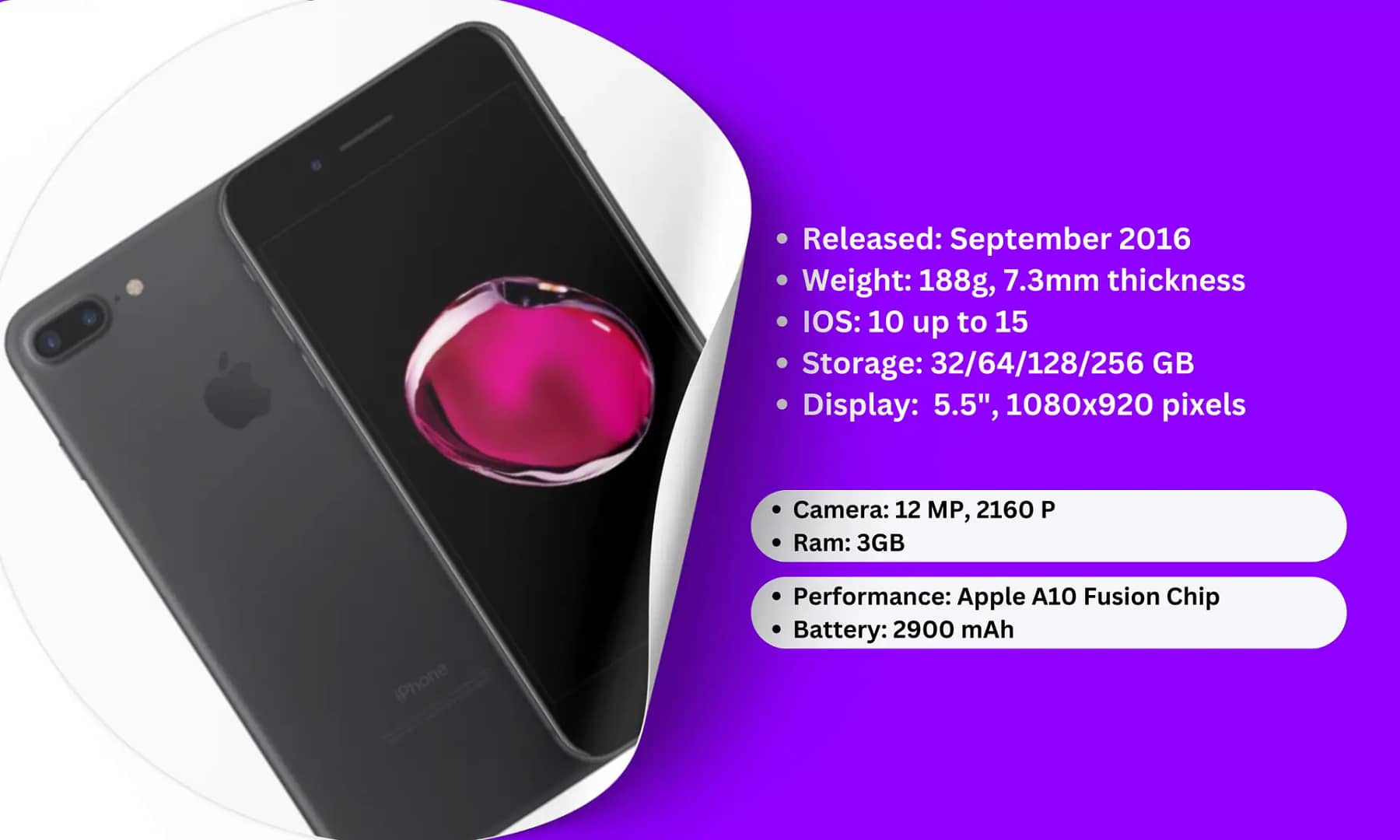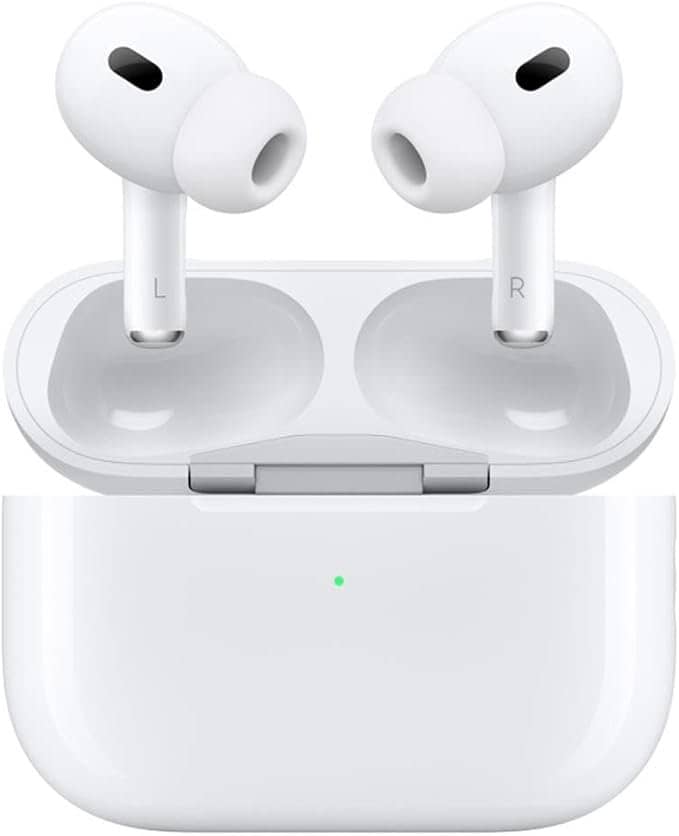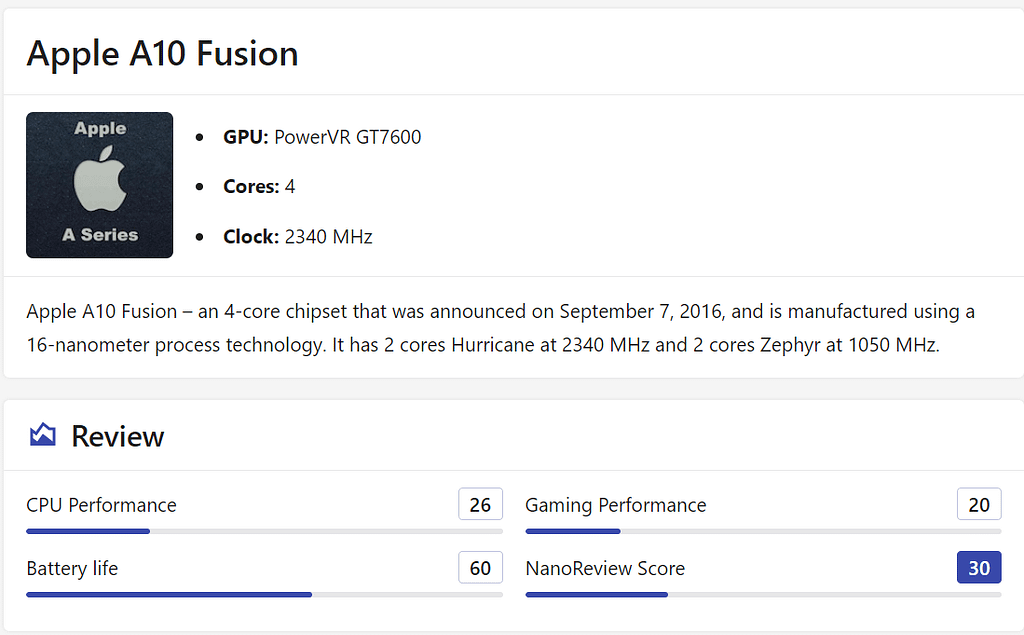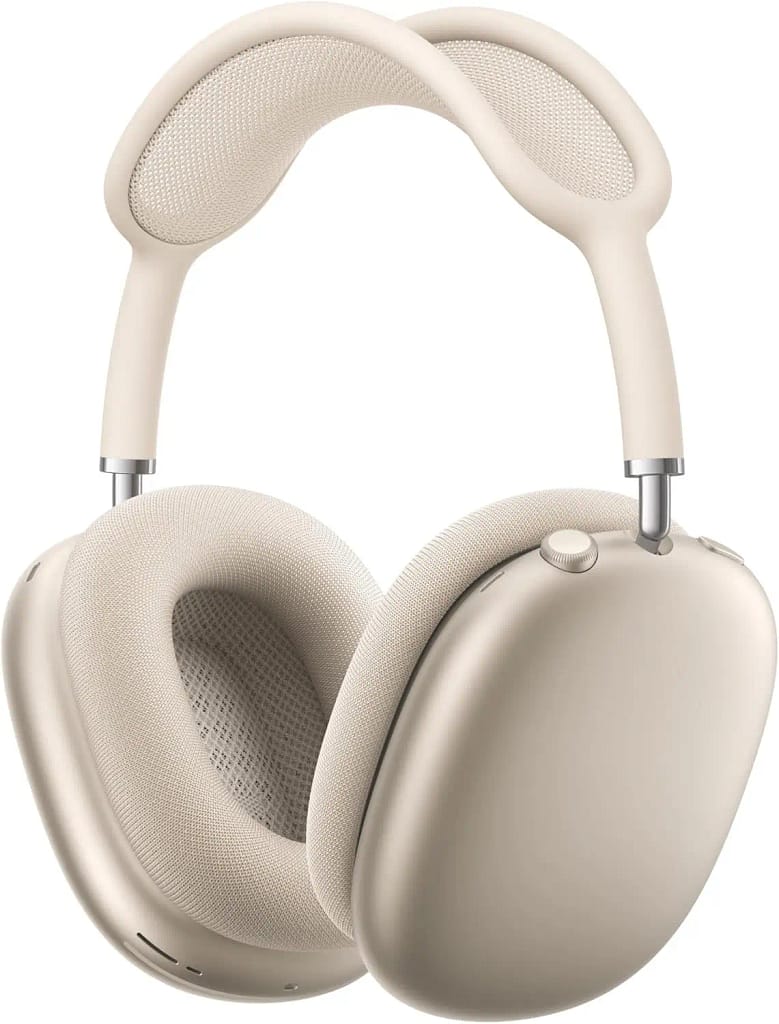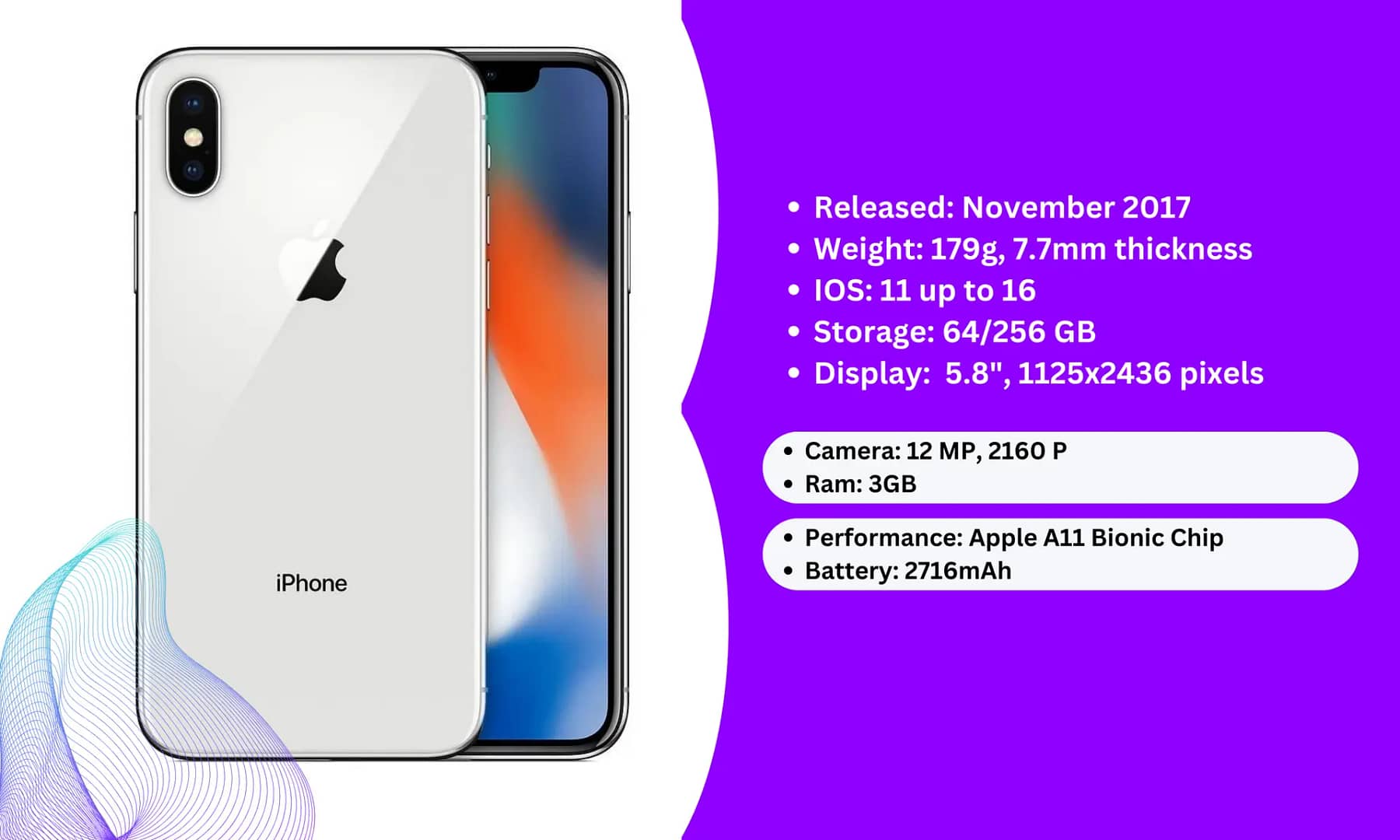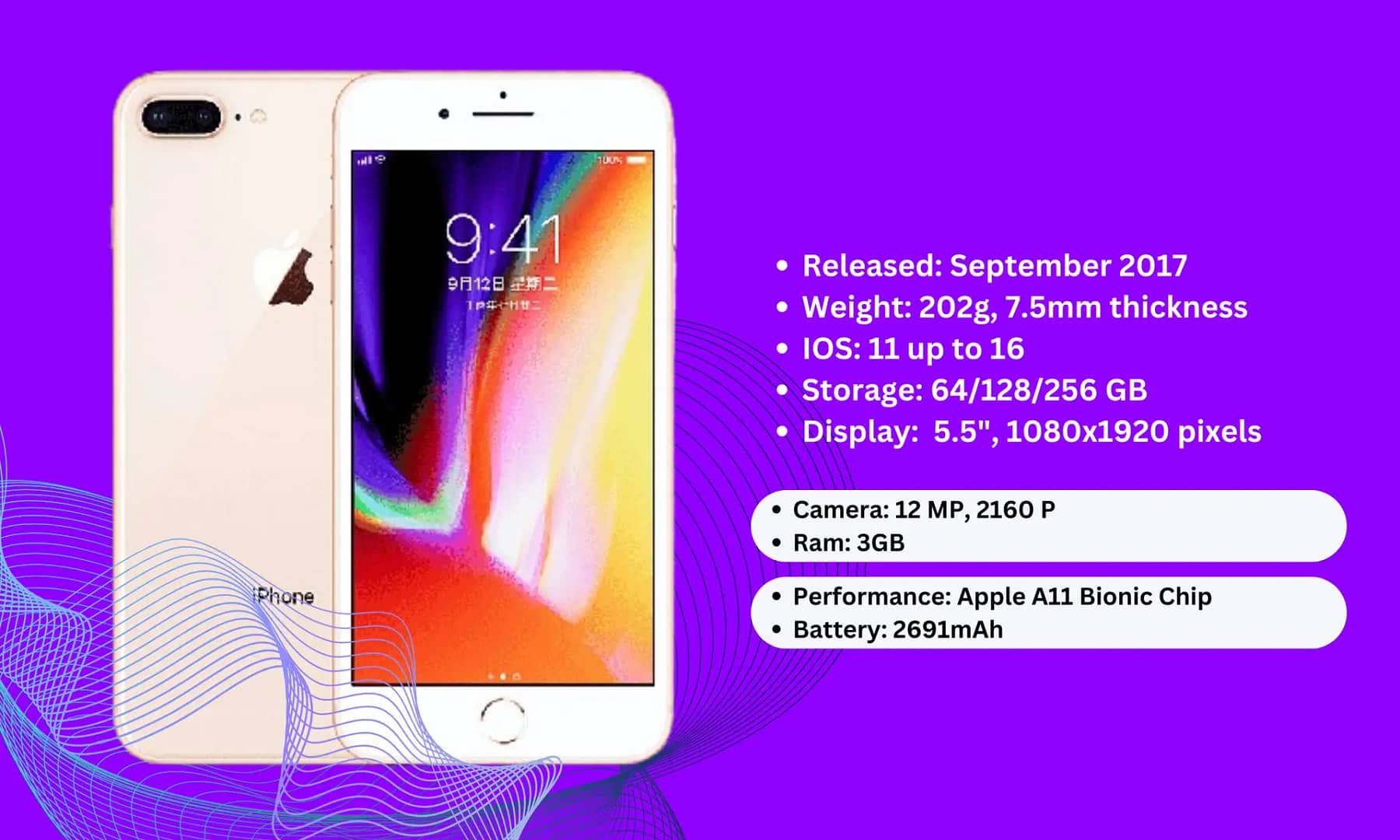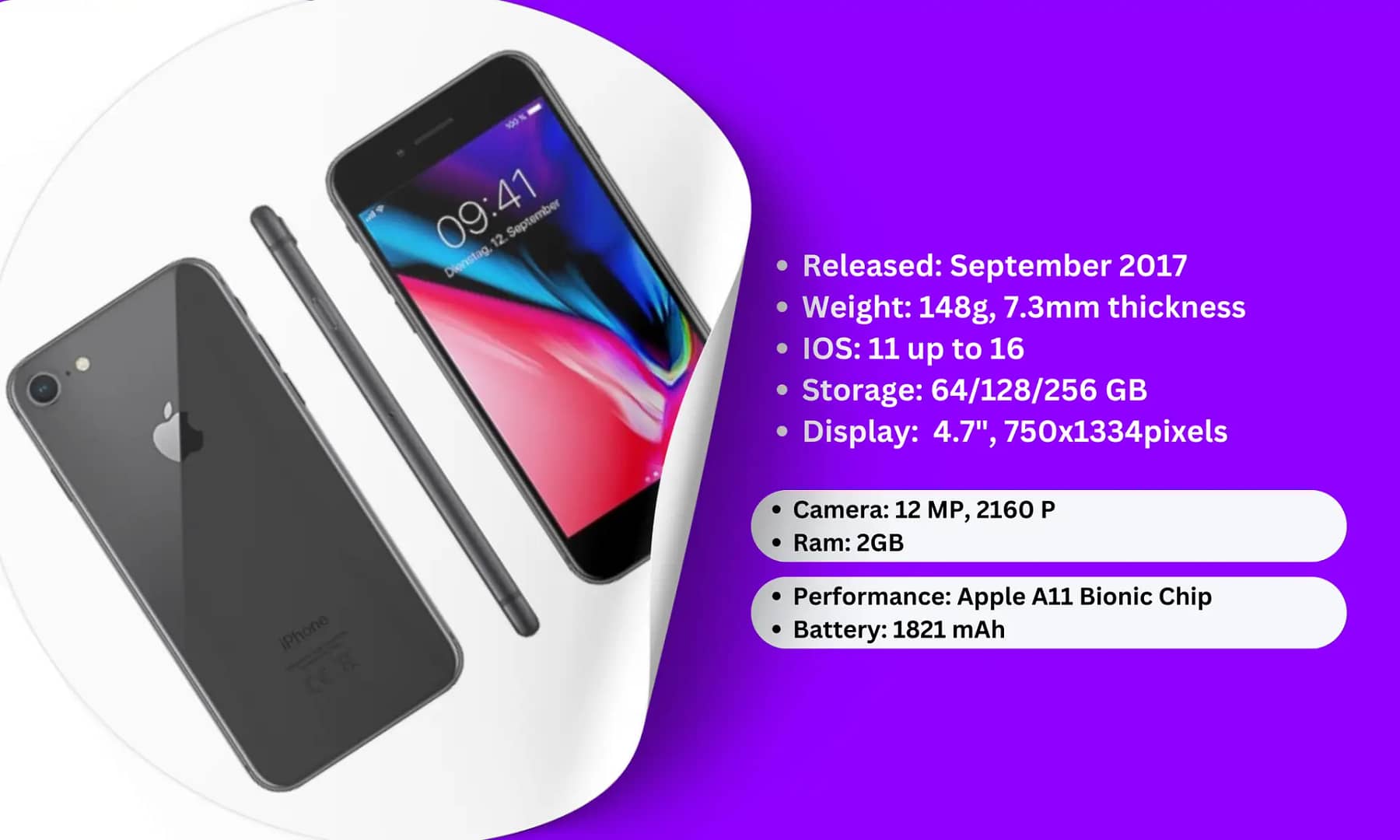Introduction
When launched in September 2016, the iPhone 7 Plus took everything great about the standard iPhone 7 and turned it up to eleven. It is similar in size to the iPhone 8 Plus just as the 7 is similar to the iPhone 8
The huge 5.5-inch Retina HD display, innovative dual-camera setup, and improved battery life together made the iPhone 7 Plus instantly the user’s darling for those looking forward to some more screen estate and enhanced photography capabilities.
In this review, we take a more profound look into how the design, performance, camera system, and more stack up on the iPhone 7 Plus in 2024, and whether it’s still worth buying in today’s smartphone landscape.
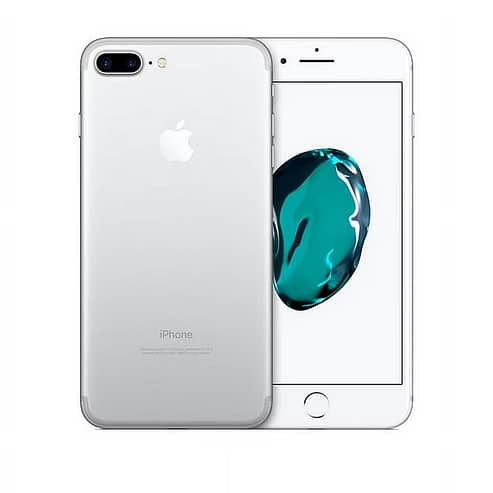
- Introduction
- Design and Build Quality of the iPhone 7 Plus
- iPhone 7 Plus Performance
- Battery and Charging
- Software and Updates
- Camera System
- Display
- Water and Dust Resistance
- Specifications Table
- Preinstalled Apps in the iPhone 7 Plus
- Connectivity and Ports
- Audio and Speakers
- Price and Availability of iPhone 7 Plus
- Pros and Cons of the iPhone 7 Plus
- Conclusion
Design and Build Quality of the iPhone 7 Plus
The iPhone 7 Plus has the same aluminum unibody design as the smaller iPhone 7, but bigger. This gives users more screen real estate to view videos, browse the web, and multitask on its 5.5-inch screen. Despite its size, the iPhone 7 Plus is sleek and polished, made from different colors like Jet Black, Matte Black, Silver, Gold, and Rose Gold.

Perhaps the most noteworthy design decision, much as it was with the iPhone 7, was the removal of the 3.5mm headphone jack in favor of forcing users to the Lightning port for audio or wireless options, such as AirPods. It was a pretty contentious decision at the time, but it has since become a sort of standard within most smartphones on the market.
Another essential feature of the iPhone 7 Plus is that this device is IP67 water- and dust-resistant. That means the device can go up to 1 meter deep and stay in the water for up to 30 minutes. That, of course, makes it all right for any kind of daily accident, from getting caught in the rain to several other accidents involving water spills.
iPhone 7 Plus Performance
The larger iPhone 7 Plus features the A10 Fusion chip, with a quad-core processor joining two high-performance cores to two energy-efficient cores.
This sort of architecture immediately gives the iPhone 7 Plus the ability to conduct resource-intense tasks like gaming, video editing, and even multitasking with ease, while optimizing battery life when used for lighter work. This not only makes the iPhone 7 Plus snappy for day-to-day use, considering modern standards.
It can easily handle tasks like browsing, messaging, and multitasking with several apps running at once. The multitasking capability of the phone is also bumped up with 3 GB of RAM compared to the 2 GB in the iPhone 7.

Battery and Charging
Apple did pack this product with a 2,900 mAh battery that translated into better battery life. This lasts up to:
- 21 hours of 3G Talktime
- 13 hours of LTE/Wi-Fi internet use
- 14 hours of video and 60 hours of audio.
That makes the iPhone 7 Plus a trustworthy companion, considering that users need a phone that lasts throughout the day. Whether it be streaming, using GPS navigation, or enjoying games, this iPhone does it all without charging it repeatedly.
However, the iPhone 7 Plus does not have that support, unlike later versions. For charging, users have to use the Lightning port, still efficient but may not be compared to wireless charging.
The iPhone 7 Plus charges with standard 5W charging via the bundled charger. But faster charging speeds can be achieved using higher-wattage Apple chargers, such as the 12W iPad charger.
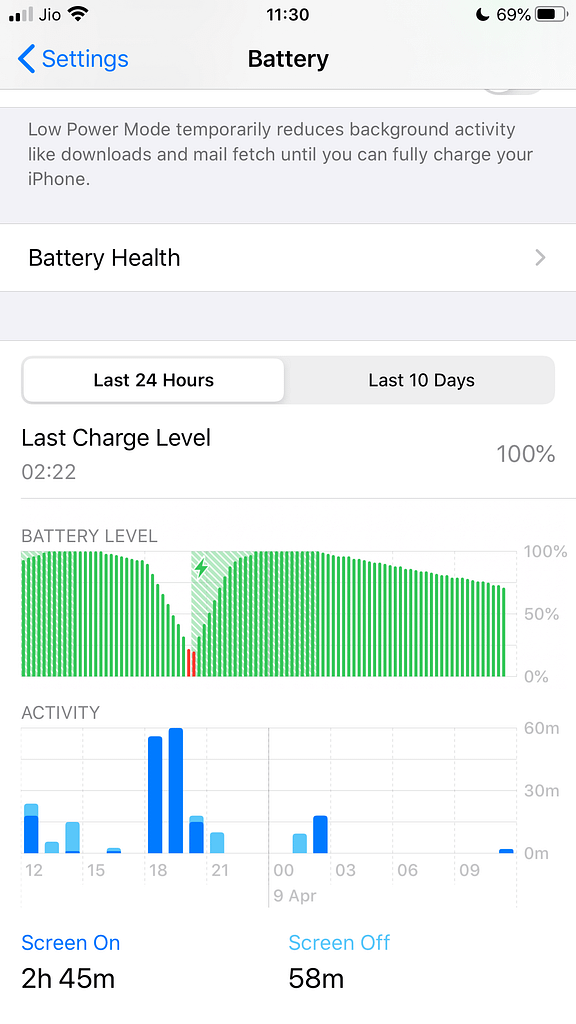
Software and Updates
The iPhone 7 Plus shipped in 2016 with iOS 10, then the most current operating system, which, for the first time, introduced several revolutionary features that included the then-redesigned Messages app, enhanced Siri, and a more personalized Lock Screen.
Over the years, the iPhone 7 Plus has been upgraded to numerous software updates, keeping it current with iOS 15 and possibly even beyond. Some major features of these updates include:
- iOS 11: Arrived with ARKit, which turns the iPhone 7 Plus into an augmented reality platform and ramps up gaming and app experiences. There were also some nice enhancements to the Control Center and the Files application to make file management easier.
- iOS 12: Focused mainly on performance increases, making this iPhone 7 Plus faster and more responsive. It included Screen Time, a feature that helps users track device usage.
- iOS 13: This update brought along Dark Mode, the Swipe Keyboard, and new Photo Editing tools for a fresh interface and further personalization.
- iOS 14: Brought widgets to the Home Screen and introduced the App Library that gives users more granular control over their apps.
- iOS 15: It added Focus Mode, enhancements with FaceTime like spatial audio, and Live Text, which lets users interact with text in photos.
While being one of the older models, these updates have managed to keep it running at the same pace as recent features and security patches.
Based on Apple’s history regarding device support for up to six years, users can confidently depend on an iPhone 7 Plus as a usable and secure device for the foreseeable future as well.
Camera System
Until today, the iPhone 7 Plus has boasted of its revolutionary dual-camera system. This includes two 12 MP lenses: one wide-angle lens with a full aperture of f/1.8 and another telephoto lens at full f/2.8.
It enables the iPhone 7 Plus to have 2x optical zoom, letting users capture close-up images without losing the quality of the image. Other popular capabilities of the dual-camera setup include Portrait Mode.
This engages the telephoto lens in concert with software processing to deliver a bokeh effect that gently blurs the background while keeping the subject sharp. It was a game-changer for mobile photography and remains widely used today.

The iPhone 7 Plus camera allows one to record 4K video recording at 30 frames per second, while 1080p HD recording is permitted at 60 frames per second. The camera of an iPhone 7 Plus provides video quality from simple shooting to more professional captures.
Display
With the iPhone 7 Plus, there is an increase to a 5.5-inch Retina HD screen displaying 1920 x 1080 pixels of resolution, which makes up for a pixel density of 401 ppi. Besides rendering images very sharp, this turns out to be a pretty vibrant display that serves best for media viewing, playing games, and browsing the internet. The screen size and resolution give an immersive experience while watching videos or flipping through photos.
Apple introduced wide color-P3 support with the iPhone 7 series, meaning richer, more accurate colors. Especially when viewing photos or videos that have bright colors, this is almost instantly apparent. The display is fitted with a 3D Touch that enables pressure-sensitive interaction with applications and menus for swifter and easier navigation.
Although the screen is not as substantial as the OLED screens on newer models, the display of the iPhone 7 Plus still provides an excellent view with brightness and true-to-life colors.
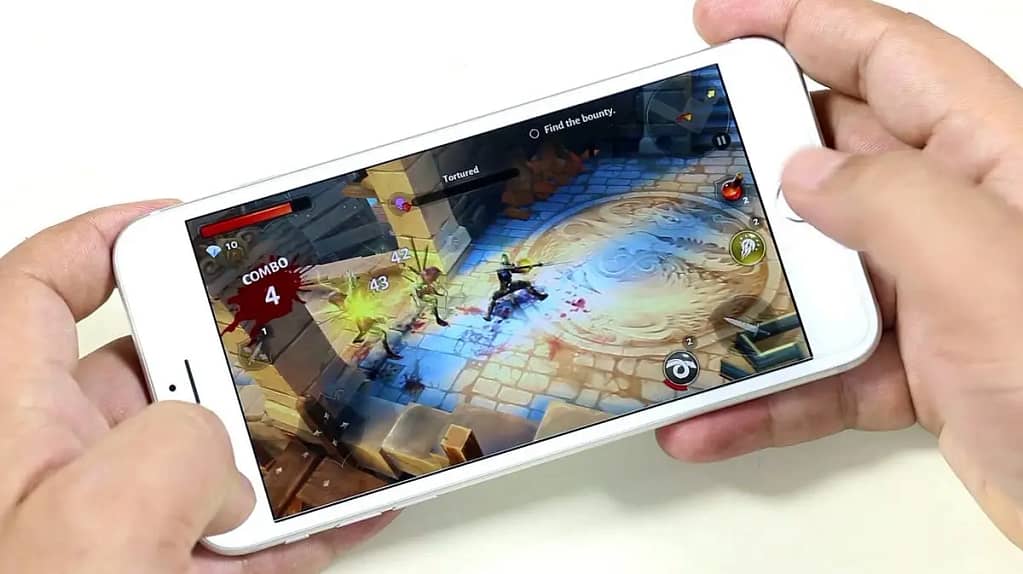
Water and Dust Resistance
Thus, the iPhone 7 Plus and iPhone 7 were the first in the series of iPhones that were made with an IP67 rating against water and dust. You can also use waterproof cases to tighten the water resistance safety.
A crucial step up in durability. Such a rating implies that the device is dust-protected and can be submerged in water up to 1 meter – approximately 3.3 feet – for up to 30 minutes without damage.
Whether it is a splash of water or a fall into that pool, the iPhone 7 Plus is made to take daily calamities.
It is important to emphasize, though, that water resistance is not indefinite but may be compromised after multiple usages.
Besides, liquid damage is one of the conditions Apple recognizes as not covered by its warranty. So you’d still want to avoid intentionally dunking your device into water.
Specifications Table
| Specification | Details | Notes |
|---|---|---|
| Display | 5.5-inch Retina HD Display | 1920 x 1080 pixels at 401 ppi |
| Processor | A10 Fusion Chip | Quad-core architecture |
| RAM | 3 GB | Improved multitasking |
| Storage Options | 32 GB, 128 GB, 256 GB | Non-expandable |
| Operating System | iOS 10 (upgradable) | Supports the latest iOS |
| Main Camera | Dual 12 MP (wide & telephoto) | f/1.8 and f/2.8 apertures |
| Front Camera | 7 MP | f/2.2, Retina Flash |
| Battery Capacity | 2,900 mAh | Up to 13 hours internet use |
| Water Resistance | IP67 | Up to 1 meter for 30 minutes |
| Dimensions | 158.2 x 77.9 x 7.3 mm | Weight: 188 grams |
| Audio | Stereo speakers, Lightning EarPods | No 3.5mm headphone jack |
Preinstalled Apps in the iPhone 7 Plus
| App Name | Category | Description |
|---|---|---|
| Messages | Communication | Send SMS, MMS, and iMessages to other Apple devices. |
| Camera | Photography | Capture high-quality photos and 4K videos with various modes like Portrait. |
| Photos | Photography | Organize, edit, and share your pictures and videos. |
| Safari | Browser | Apple’s default web browser for internet browsing. |
| Music | Entertainment | Stream from Apple Music or listen to stored tracks. |
| Phone | Communication | Make calls, check voicemail, and manage contacts. |
| Communication | Manage and organize emails from various accounts. | |
| Maps | Navigation | Apple’s navigation app for driving, walking, or transit directions. |
| Wallet | Finance | Send SMS, MMS, and iMessage to other Apple devices. |
| Notes | Productivity | Create and organize notes with text, images, or sketches. |
| Calendar | Productivity | Schedule and manage events, reminders, and tasks. |
| App Store | Utility | Download apps, games, and updates for your iPhone. |
| Settings | Utility | Customize your phone’s settings and preferences. |
| FaceTime | Communication | Make video and audio calls to other Apple users. |
| Clock | Utility | Store credit cards, and boarding passes, and use Apple Pay. |
| News | News & Information | Stay up-to-date with personalized news and stories. |
| Health | Health & Fitness | Track health data like steps, sleep, and workouts. |
| Find My iPhone | Utility | Locate your lost iPhone or other Apple devices. |
| iTunes Store | Entertainment | Purchase and download music, movies, and TV shows. |
| Contacts | Communication | Store and manage contact details for people and businesses. |
| Weather | Utility | Check local and global weather forecasts. |
Connectivity and Ports
The iPhone 7 Plus boasts a host of various connectivity options and ports that make it fit for modern use. Here’s a look:
- Wi-Fi 802.11ac: Supports fast Wi-Fi speeds on compatible networks, allowing for smooth streaming, downloading, and browsing.
- Bluetooth 4.2: Seamlessly pairs with a wide range of wireless accessories, from AirPods to speakers to fitness trackers.
- NFC stands for Near Field Communication. On the iPhone 7 Plus, it is mainly used for Apple Pay. This allows you to make safe, contactless payments with your device at supported terminals in stores or online.
- Lightning Port: Like the regular iPhone 7, it also sports a Lightning port for charging, data transfer, and listening to audio.
- This move broke the many-year use of the standard 3.5mm headphone jack, forcing users to either use Lightning-enabled headphones such as the included EarPods or go wireless with their audio solutions.
While the removal of the headphone jack was seen as contentious at the time, it gave way to other more desirable qualities. The iPhone 7 Plus also supports AirPods and other Bluetooth headphones for cord-free listening on the move.
Last but not least, LTE Advanced is also on board the iPhone 7 Plus for faster cellular data on compatible networks. That means streaming, video calls and just general web use on the go have just gotten a heck of a lot nicer.
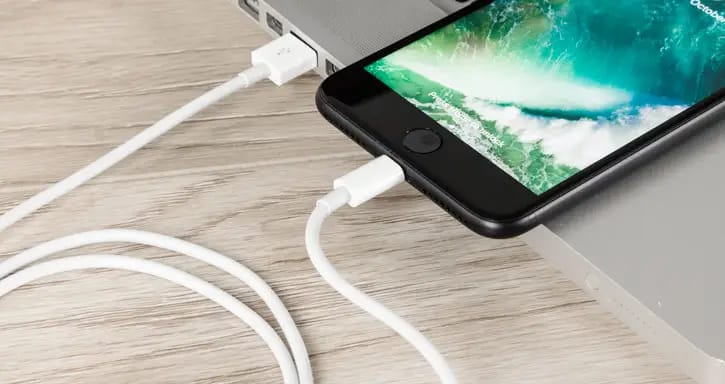
Audio and Speakers
One of the notable upgrades the iPhone 7 Plus brought to Apple’s lineup was its stereo speaker system: whereas previous models had only a single speaker located at the bottom of the phone, the Plus offered dual speakers – one at the bottom and another integrated into the earpiece.
In other words, this is louder and clearer sound with a bigger dynamic range, which makes the iPhone 7 Plus a great consumption device-be it music, videos, or games. And of course, stereo sound is a godsend in Landscape mode, where it pays off with its immersive audio.
Aside from the improved speaker system, Apple’s decision to kill the 3.5mm headphone jack was also one way to popularize wireless audio solutions such as AirPods.
Still, the iPhone 7 Plus comes with wired audio via Lightning EarPods for those who prefer it. The same Lightning port enables lossless audio playback for perfect sound quality, provided the device is capable of outputting that.
Despite an inordinate amount of debate around the time of its launch, though, the removal of the headphone jack has done little to dent the iPhone 7 Plus’ audio experience be it through its speakers, wired Lightning headphones, or Bluetooth.
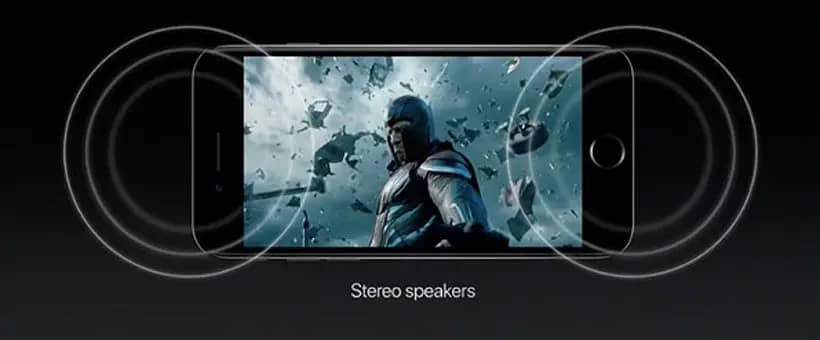
Price and Availability of iPhone 7 Plus
When it originally launched in 2016, the base model of the iPhone 7 Plus-which came with 32 GB of storage-officially started at $769. The other models, featuring either 128 GB or 256 GB of storage, commanded higher prices.
That has changed over time, as new iPhones have been released. In 2024, though the iPhone 7 Plus is no longer available directly from Apple, it remains available from third-party retailers and via refurbished marketplaces or used device platforms.
Currently, it fetches anywhere between $150 and $300 for the iPhone 7 Plus, right from renewed to used with larger storage space. That means for the budget-conscious buyer who needs a reliable smartphone with great camera quality, decent performance, and updated software.
When purchasing a used or refurbished iPhone 7 Plus, the state of the battery, the condition of the screen, and whether it is unlocked for use with any carrier have to be checked. With its Certified Refurbished program, Apple includes testing of devices that are also warranted, which leaves room for assurance to the buyer.
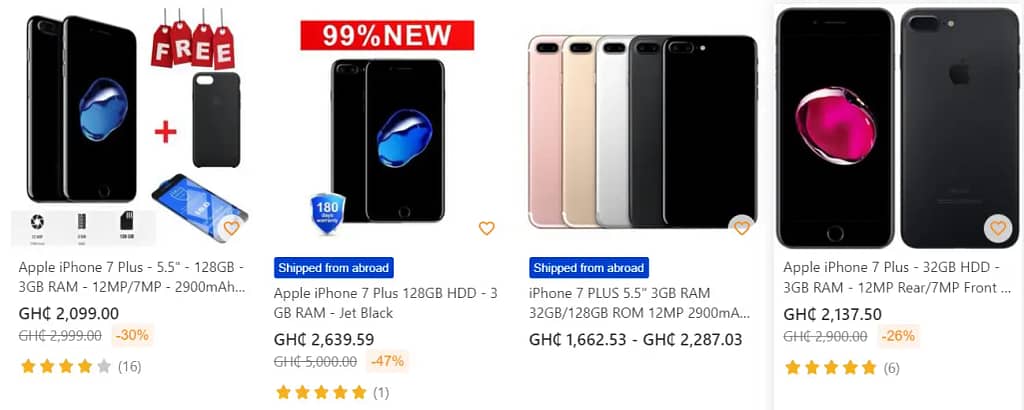
Pros and Cons of the iPhone 7 Plus
Conclusion
The iPhone 7 Plus remains a good option for every user even in the year 2024 since such devices have an impressive balance of everything: performance, camera, and durability.
The iPhone 7 Plus packs a dual-camera system featuring Portrait Mode and is powered by an A10 Fusion chip. This allows the iPhone 7 Plus to be perfect for running everyday tasks, playing games, and capturing photos.
The display of Retina HD on a 5.5-inch display with stereo speakers houses one of the great devices for media consumption, while IP67‘s resistance against water and dust indeed promises durability against accidents.
All in all, though, the absence of a headphone jack, lack of wireless charging, and generally older design with larger bezels feel a bit constraining compared with newer models.
Newer iPhones like the iPhone X or later may be more suitable for those people seeking state-of-the-art features like Face ID, OLED displays, or enhanced low-light photography capabilities.
The iPhone 7 Plus remains an excellent choice for budget-conscious buyers. Better for reliable performance and long battery life. With a more recent iOS update at a fraction of the price of newer units.

